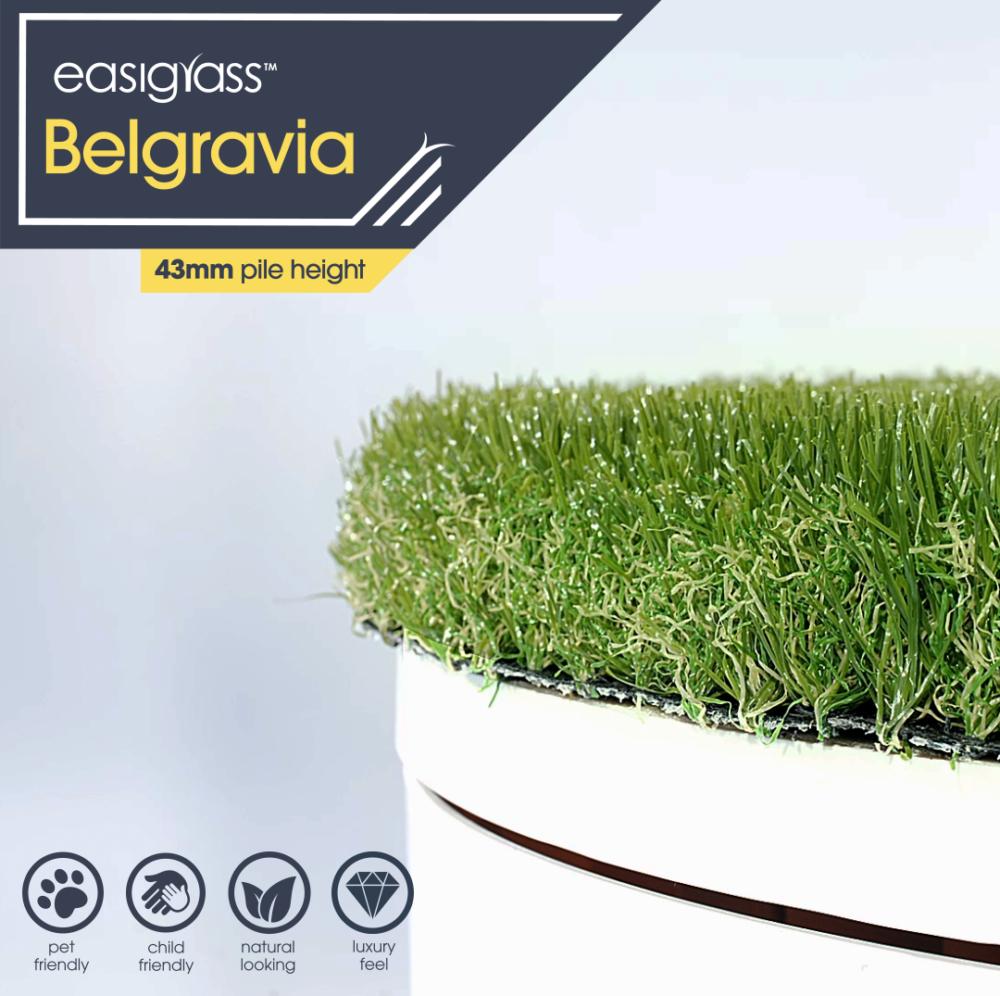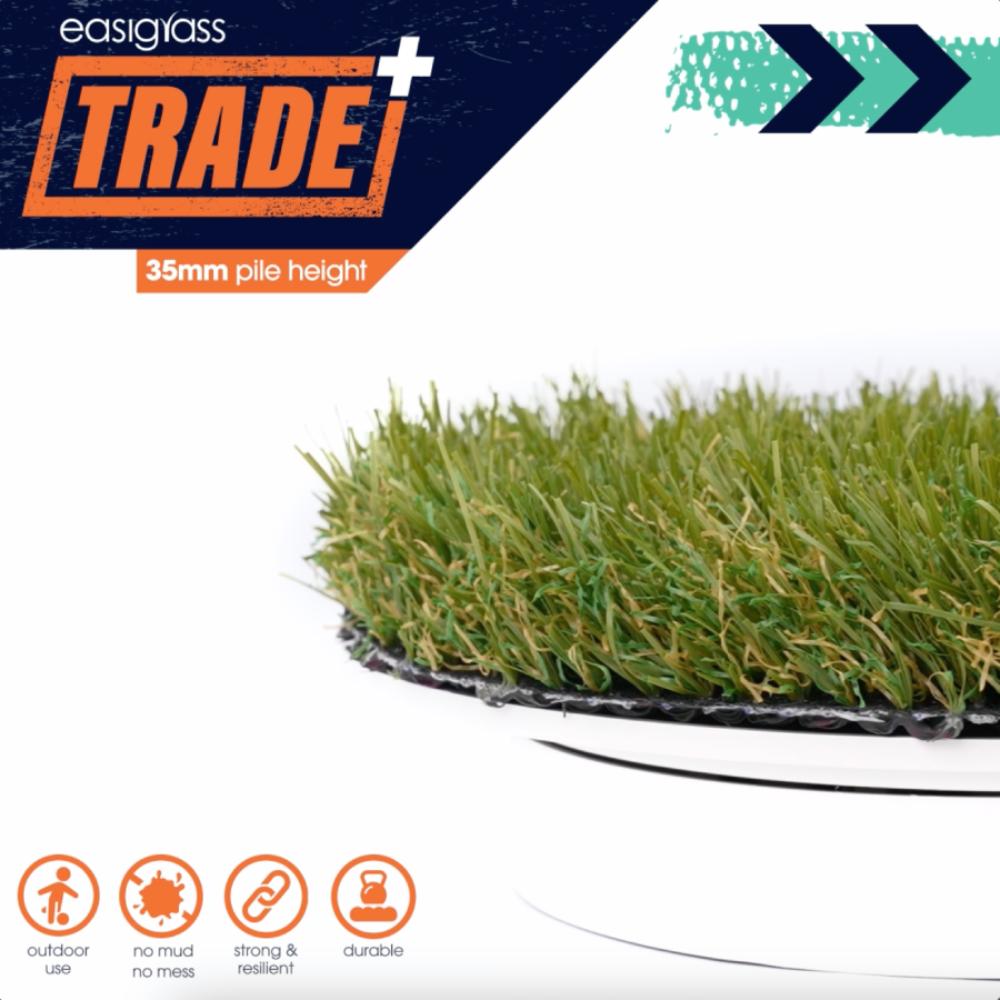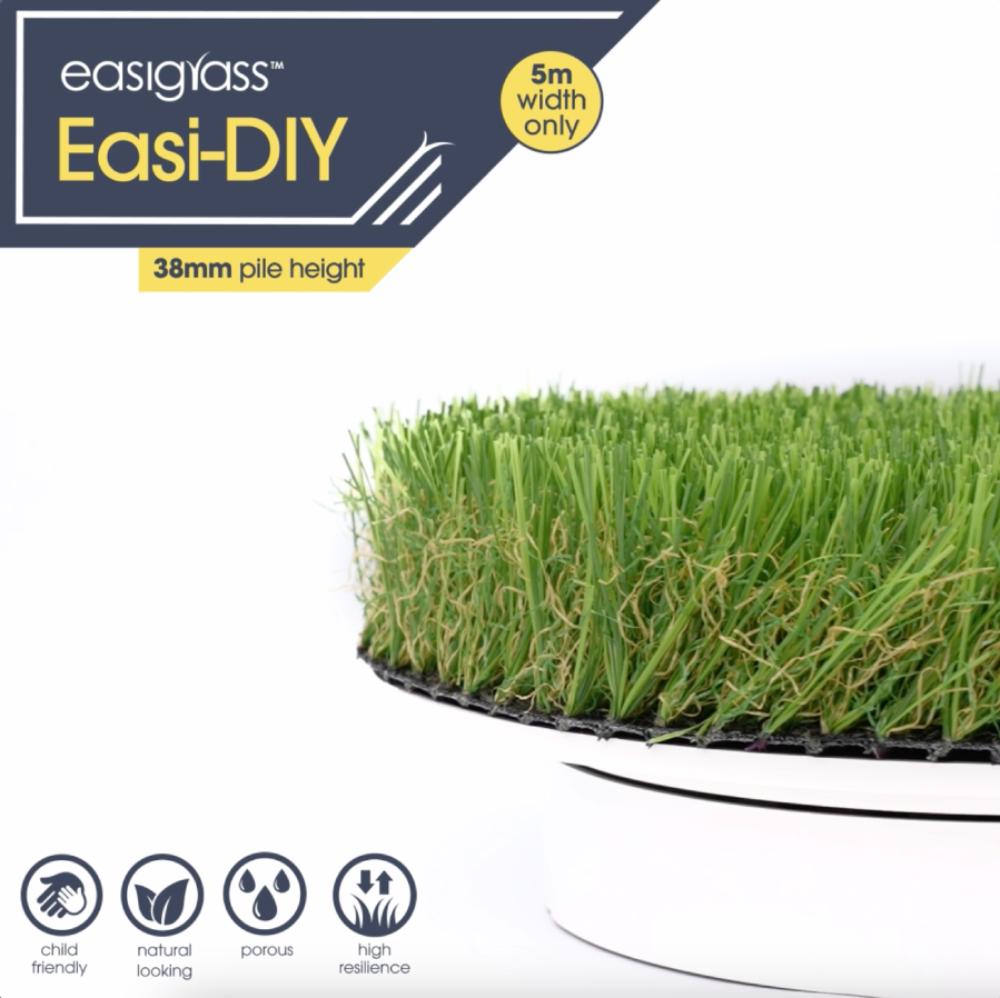The grass really is greener when you own an artificial lawn

The Telegraph: Judith Woods
Wednesday 2nd June, 2021
To subscribe to The Telegraph please click here
In the name of all that is green and pleasant, will the nation ever recover from the Royal Horticultural Society’s new scorched earth policy? This august institution is calling on British gardeners to let their sward go brown this summer – and it’s not even August. It’s all in the interest of saving water, which is ironic given that we have just endured the fourth wettest May since Noah loaded up the Ark. There’s no mention of an out-and-out hosepipe ban yet, but woe betide any householder whose urban pasture looks suspiciously bright
Me, I’m perfectly happy to be shopped to the floricultural feds; because my astonishingly lush lawn is artificial. It’s from Easigrass and is exactly what it says on the tin.
I can feel the collective intake of breath, the disapproval and the dismay; you thought better of me. To be honest, I once thought better of me too. But after many years spent seeding, reseeding, turfing and re-turfing, dousing with water and possibly illegal chemicals, I had nothing to show for it but a straggly Brazilian strip.
I live in a city. My little garden is overlooked by impossibly tall London poplars that cast shade and suck up every drop of moisture, save the sweat from my toil. Surely there was a better way? I’d seen fake – sorry artificial – lawns at Chelsea that looked a sight better than the real thing. So I held my nose, did my research – and came up smelling of roses.
Allow me to proselytise; artificial lawns are not universally bad for the environment. They do not cause Hooding – contrary to popular belief they are not made of AstroTurf, but are a mesh-like surface that allows water to drain away. It’s said that they impact on creatures that live in the soil, but I’ve seen worms and indeed weeds come up through mine. I will concede that grass lawns in theory provide clover and daisies for pollinators but a lot of gardeners assiduously get rid of them as soon as they appear.
Lastly comes the general “they are awful and man-made and non-U and are destroying wildlife”. Not on my patch of Eden. And here’s why.
I use no harmful weed killer. The Sisyphean eTort I once spent on cultivating grass is now lavished on an herbaceous border alive with purple flowers for bees (it’s a thing), Erysimum for butterflies and ornamental thistles for the birds. Because the lawn is so neat and tidy I have gone for soft planting elsewhere, including any wild flowers that care to grow, ivy for nests and a dinky pond alive with amphibians and goldfish; heck, I even rescue and rear the tadpoles and toadpoles in a bucket so they don’t get eaten.
The truth is that not all gardens are suited to grass. They become parched or waterlogged and effective no-go areas for months at a time. I can be outside in all weathers without so much as a trace of mud; and that is the single greatest selling point of artificial lawns. They get you out into the garden without pangs of I-really-should-cut-the-grass guilt. There’s head space for hoverfies and red admirals, bobbing wrens and goldfinches. The kids can play games to their heart’s content – you can even choose your gauge of “grass” and go for something hard wearing to accommodate year-round football.
Mine is pleasing to the eye and fabulously low maintenance. And my envious neighbours on either side will attest that the grass really is greener on the other side of the fence.












